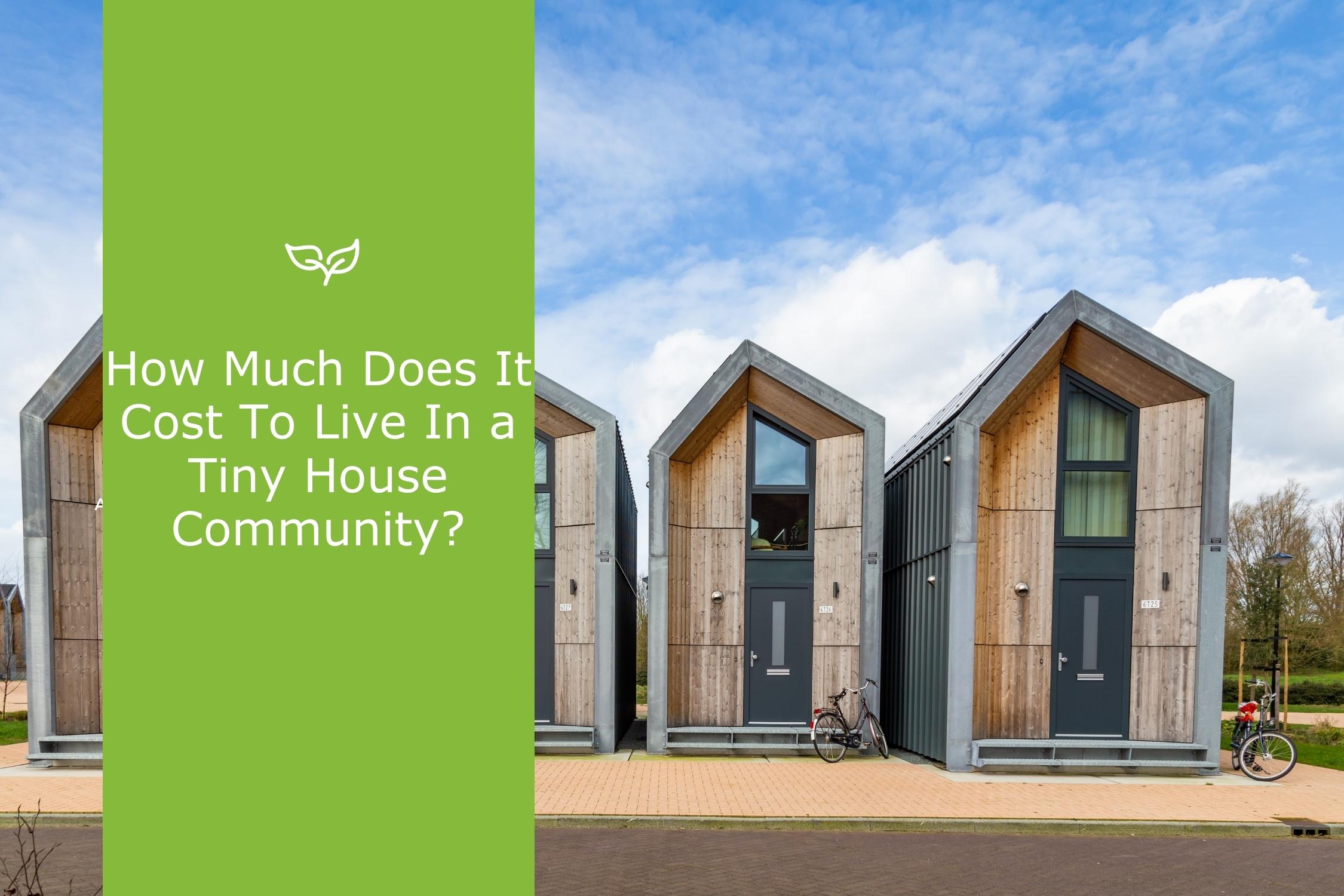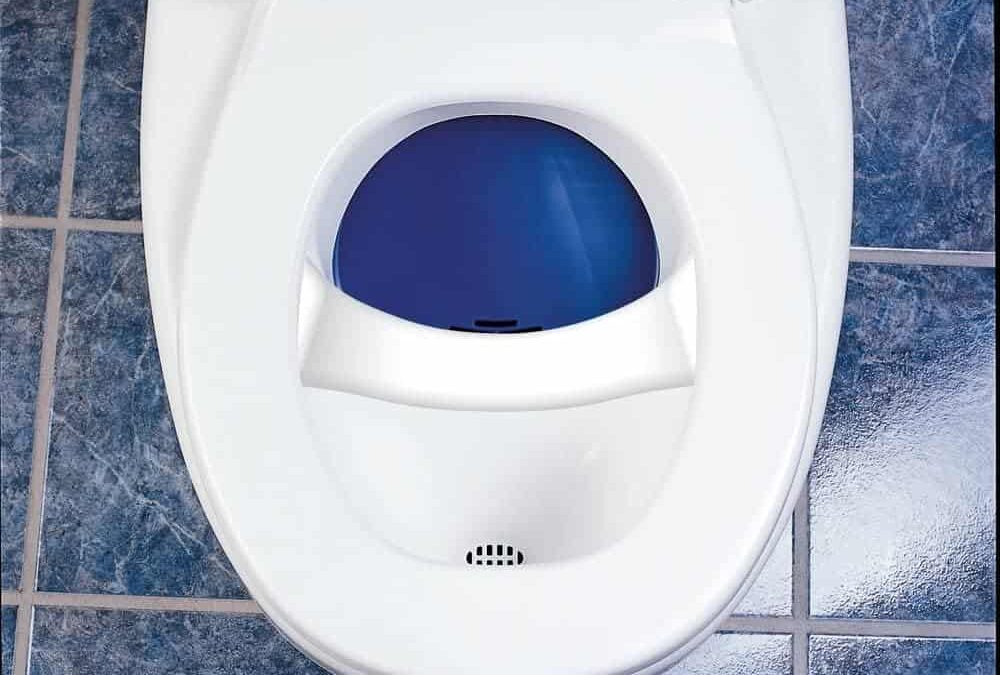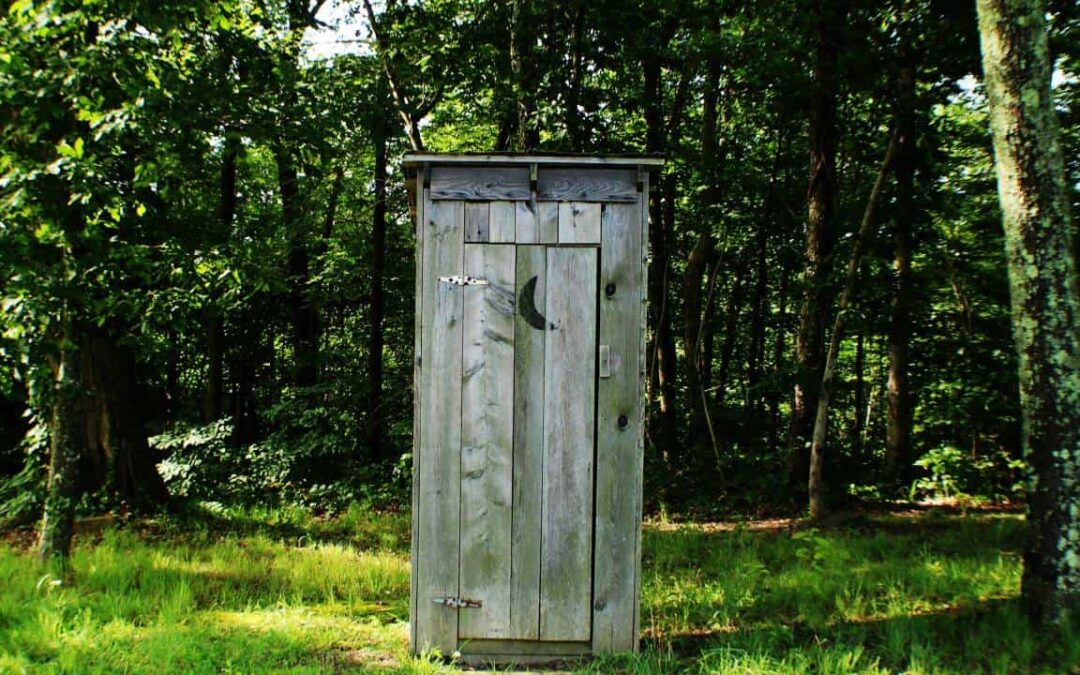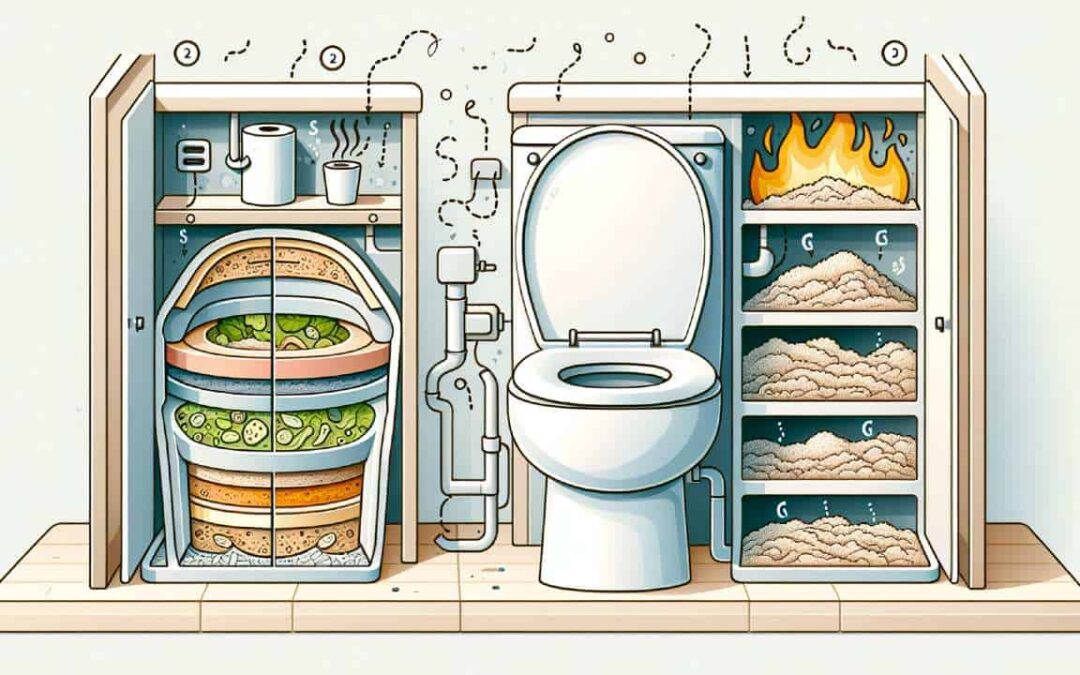One of the questions we hear the most about tiny houses is where to park it. One emerging option is tiny house communities.
These are tiny house focused villages and neighborhoods that offer a way to connect your tiny home on wheels to utilities while also offering a sense of community with like-minded tiny enthusiasts.
Today we’re going to dig into some options for tiny house living and explore the average cost to live in a tiny house community.
Options for Tiny House Living
Before we dig into the nuts and bolts of tiny house community pricing, we thought covering the different places you can live in your tiny home would be beneficial.
RV Park
RV Parks are the primary model on which tiny home communities are based. For decades large RV parks have offered affordable long-term prices for monthly and even yearly spots that allow snowbirds and others to park their RV, hook up to services, and pay a flat fee for their upkeep.
There are significantly more RV parks than tiny home communities, so depending on the type of tiny home you have and where you’re heading, they can be a great alternative. Many RV parks with long-term sections have a great sense of community about them as well.
There will often be activities, interest groups (think card clubs, bird watching, cyclists), and other fun stuff.
One thing to remember before driving your tiny home to an attractive spot is that many RV parks prohibit tiny homes. If an RVIA licensed builder commercially built your tiny home it can help, but make sure to call ahead to check before dropping in.
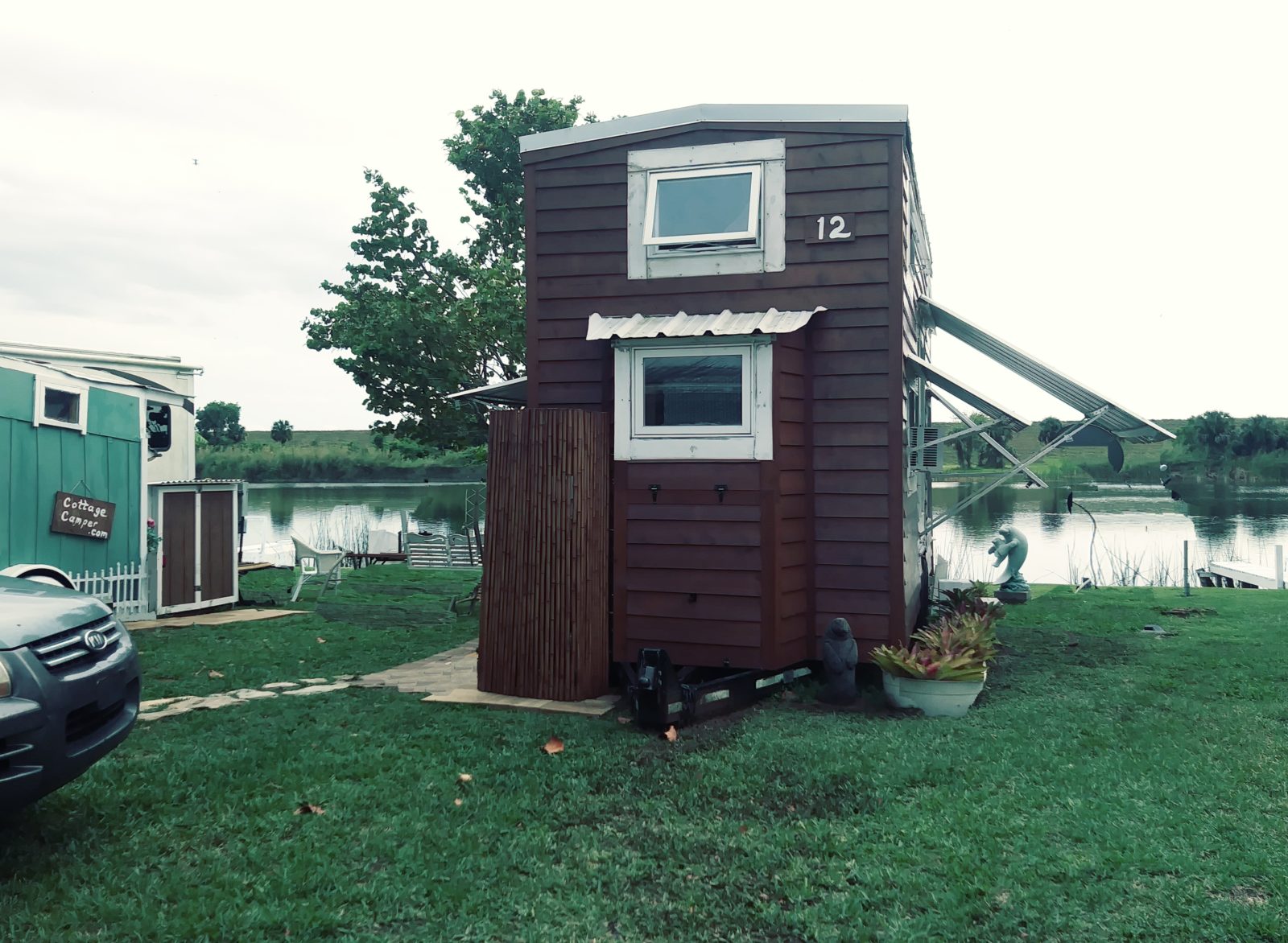
Tiny House Community
Tiny house communities didn’t exist as little as a few years ago. A mix of the classic RV park and mobile home community models, they focus purely on tiny homes and similar alternative living concepts.
Tiny house communities offer full hookups and recreational amenities and are often built in beautiful locales with access to natural wonders. While they aren’t nearly as common as RV parks, they are growing in number and becoming a viable option for many tiny dwellers.
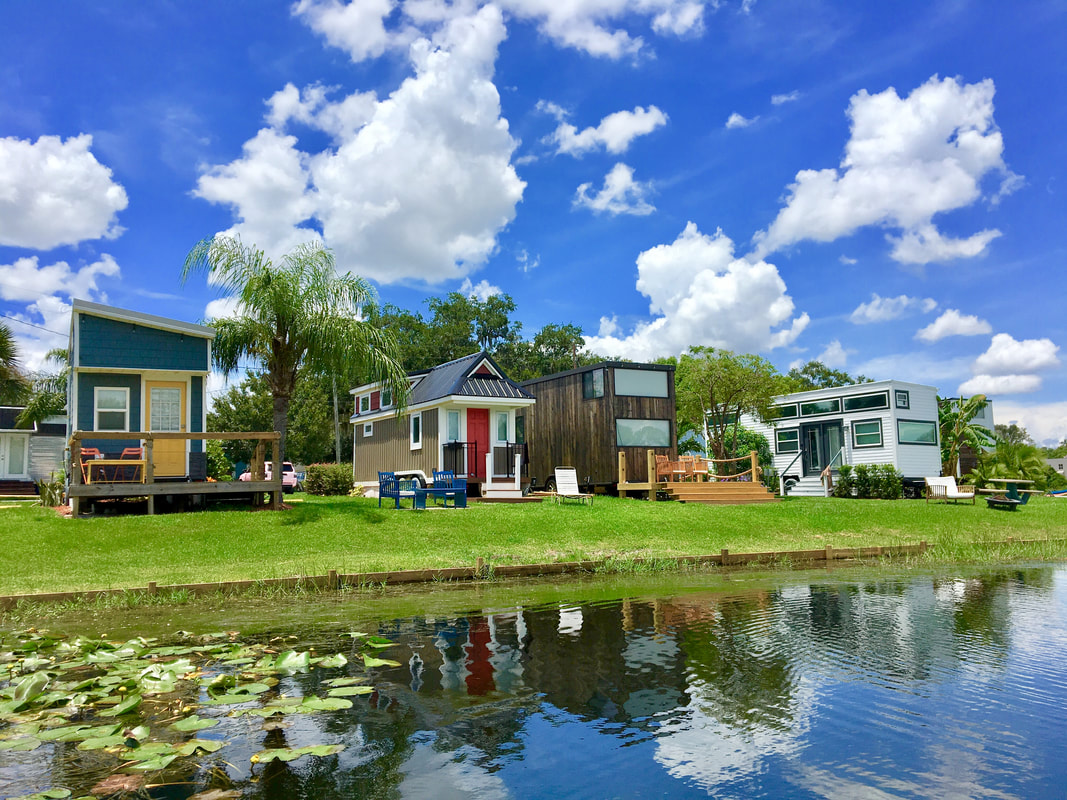
(Orlando Lakefront Tiny Home Community)
Mobile Home Community
Mobile home communities have gotten an undeservedly bad rap over the years. Many modern mobile home communities are beautifully maintained spaces with plenty of amenities at a very reasonable price.
Depending on the community and your tiny home, many now allow tiny dwellers to move in and live there. Pricing, services, and locations are generally near identical to tiny house communities, so they can be a workable alternative if there aren’t any in your area.
Renting or Buying Land
Renting or buying your own land and setting up shop is an attractive prospect to many tiny enthusiasts. After all, what’s more accessible than parking your tiny home on land you own and hooking up to local utilities?
Unfortunately, it doesn’t often work out that way. Most tiny homes don’t meet the legal definition of permanent residences for zoning purposes and so cannot be connected to the grid in the way a stick-built home can.
Even if you can get utilities connected, hookup fees can be costly to set up. Bringing utilities to your tiny home can cost between $10,000 and $30,000.
There’s also the fact that vast numbers of counties and municipalities have laws prohibiting living in an RV (tiny homes are generally regulated as RVs) for any significant length of time.
Many people still do it, and if you live out in the boonies and keep to yourself you’re unlikely to be bothered, but ultimately it’s up to you whether you want to risk it.
Boondocking
Boondocking, or camping for free on approved public land, is a popular way for RVers and those living in vans to save money on living expenses while traveling. Millions of acres of National Forest, BLM, and state-operated land allow free unimproved camping for a set period, usually about two weeks.
While it can sound attractive for those looking to go tiny, a few key factors make it less practical compared to other forms of tiny house living. Tiny homes aren’t nearly as mobile as you might think from social media.
They can be moved, sure, but it’s a lot more of an undertaking than driving an RV, skoolie, or van from campsite to campsite. There’s also the fact that most boondocking sites offer zero services. That means no power, no water, no sewer, and definitely no wifi.
It can be an affordable option if you’re looking to travel widely, but it’s not the best option for most tiny dwellers.
What are the Costs of Living in a Tiny Home Community?
Tiny home communities operate in a very similar way to traditional RV parks. Many were RV parks at one point and have since converted primarily to focusing on tiny homes or added a tiny home section to their portfolio.
The costs of living in a tiny home community come down to the direct charges for living there, including lot rent and utilities, and the general day-to-day expenses of living in a tiny home.
Rent
Your lot rent is the primary cost of living in a tiny home community. Much like paying rent at an apartment, lot rent covers the cost of renting out your spot and will likely be the largest individual expense you have to the community.
Lot rent varies significantly depending on the community’s location, the season, and the length of your stay. Generally speaking, those renting month-to-month will pay more per month than those with longer-term commitments.
The quoted numbers most often range between $400 on the low end and around $800 on the high end. If you’re staying in a newer facility in a more in-demand area expect lot rent to rise accordingly.
Those numbers are very close to the ones we see quoted for most RV parks or mobile home communities. If you don’t have a tiny home community near you it could be worth it to call around to some local RV or mobile home parks to see if they have availability for tiny homes.
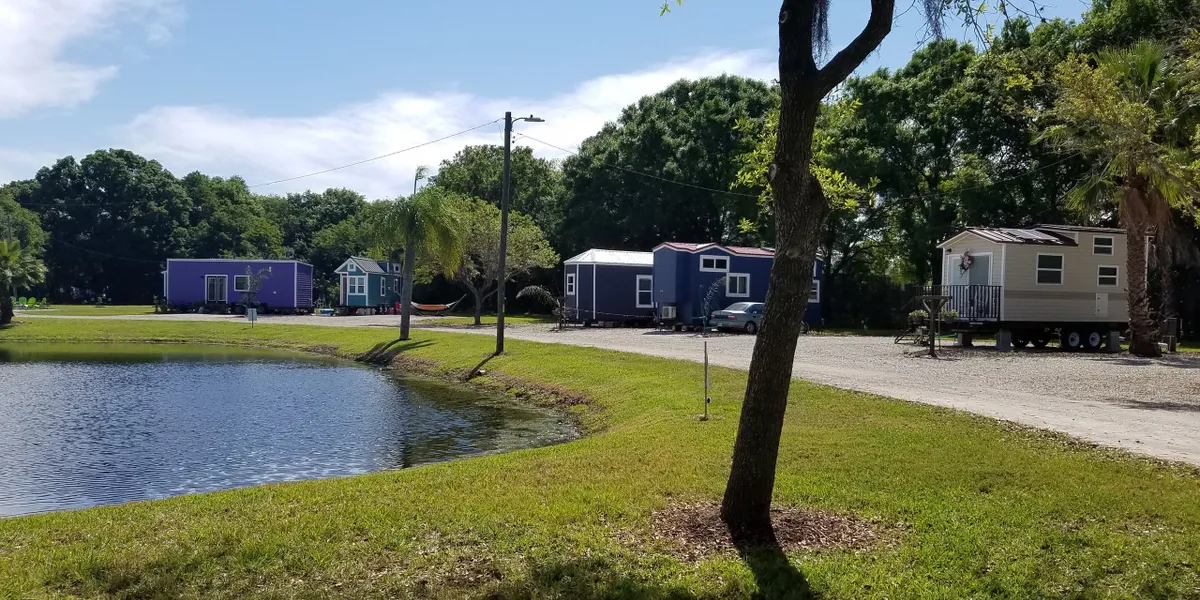
(Circle and Pond Tiny Community)
Utilities
While many tiny home communities include utilities in the lot fee, some don’t. Water, sewer, and trash are almost universally covered, but many require separate metering for electricity with an additional fee for usage.
The practice is more common with long-term stays over a month. It shouldn’t amount to more than $20-$30 a month for most tiny homes, but it’s essential to consider your home’s power draw and the season.
You’re going to use more power during the summer months somewhere like Florida than you will in the spring in a more northern state with cooler weather.
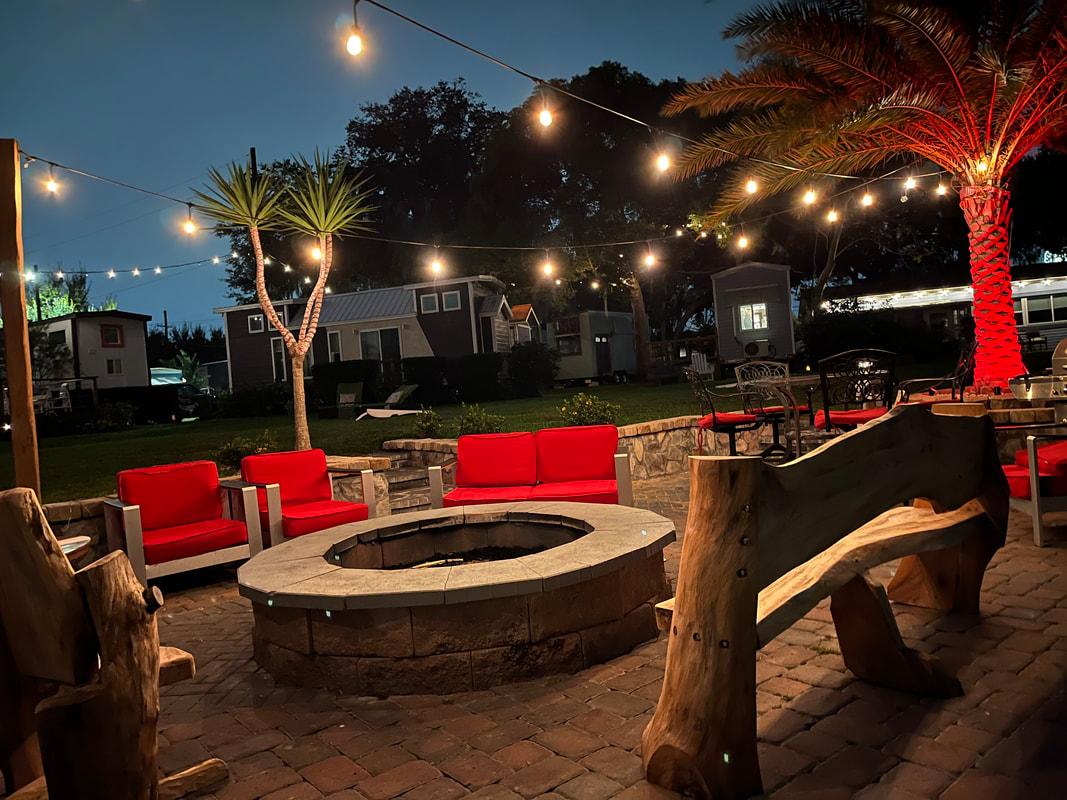
(Orlando Lakefront)
Groceries and Food
Everyone’s grocery and food budget will be different, but there are some benefits to living in a tiny home community that helps reduce food expenses overall. Most tiny home communities are closer to towns and cities than land that would work for independent tiny living.
That gives you greater options for grocery shopping, more restaurant choices to find a good deal, and the ability to more efficiently plan out your meals because of the variety of choices.
Maintenance and Upkeep
One of the best things about living in a tiny home is the significantly reduced upkeep costs. When your home is 1/8th the size of the average American home, your maintenance costs are equally lower.
One thing many find surprising is how much maintenance expenses can rise if you travel in your tiny home or even move it frequently. Setting up shop in a tiny home community for a year plus is a great way to reduce wear-and-tear on your tiny home’s trailer and reduce maintenance costs.
Final Thoughts
There are many more tiny homes than there is space in tiny home communities, but new ones frequently open all over the country. Choosing whether one will work for your situation comes down to where you’re located, what you’re looking to spend on your tiny journey, and how much you value the convenience of plug-and-play hookups vs doing it yourself on land.
Want to learn more about tiny home communities? Check out our list of ten of the coolest tiny home communities across the U.S. today. You can also find many more tiny home communities using the tools on SearchTinyHousevillages.com.

